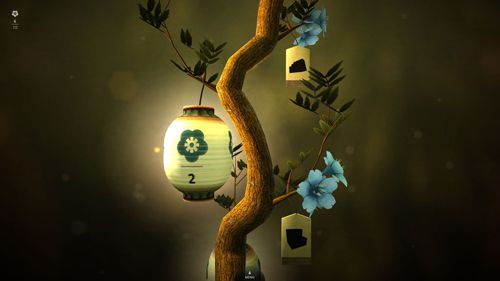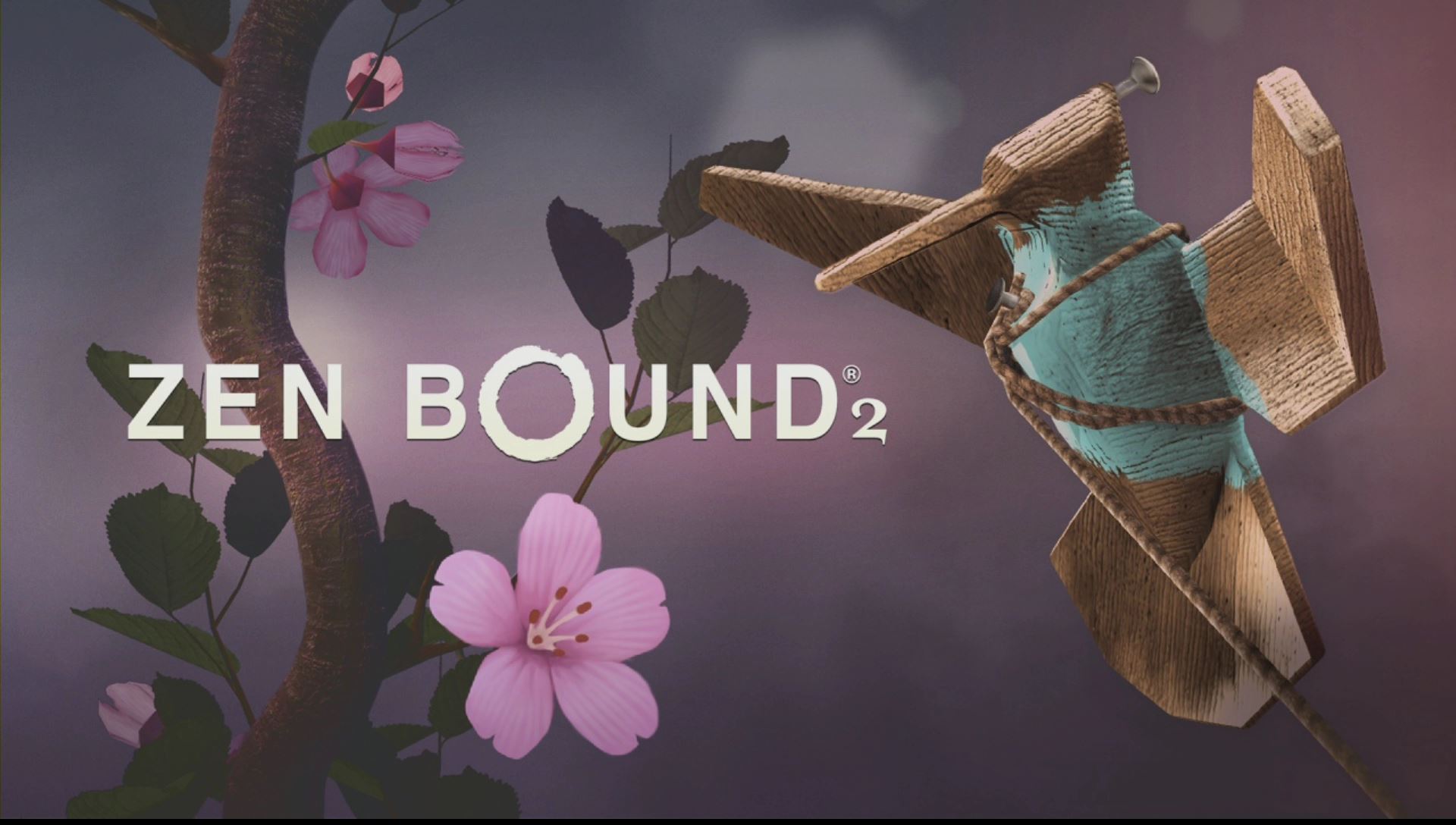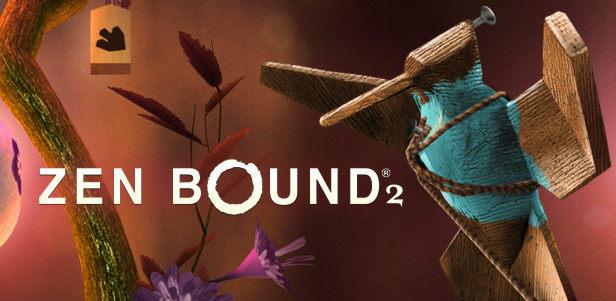
Monster and a note informing you that the creature feeds on candy. Is a recent addition to the iTunes Store, but we can already see it becoming aĬlassic. IPhone games and down-scaled console titles, there are already some genuine In the meantime, scattered among all the lazily up-scaled We're sure developers will soon come up with some great ways to takeĪdvantage of it. The iPad's large-format screen, high pixel count, multi-touchĬontrols and motion capabilities have the potential to put it in a league of
#ZEN BOUND 2 SHAPES PORTABLE#
Possible that Apple may have accidentally invented the best portable gaming Platform, the iPad still has some growing up to do. Recognizing and honoring this, we chose to use the name, Hosenji-Dharma River Temple, for our community of practice.It may look like an oversized iPhone but, as a games That living, dynamic element and flow is key in sustaining our practice and in deepening our understanding of our shared human condition. Each and every moment of our practice is new and alive and ever flowing…much like the analogy of dipping our toes in the river, where your toe never encounters the same water twice…the same could be said of the moments that form our lives. Like the Mississippi, it flows and changes, meanders through the fabric of our lives touching, filing, and adapting to the spaces that shape each moment.

The waters of the Mississippi are the life-sustaining blood of the land, nourishing every aspect of our lives.Īs a parallel, our practice in many ways behaves like a river.

The river is an integral part of the history of this area and continues today to be a central element supporting, sustaining, and enriching our lives. One very distinct natural element of our area is ol’ Big Muddy. Zen has traditionally held nature in very high esteem recognizing that in nature we see ourselves…and through entering it we encounter a vast and expansive expression of self… Here in the driftless region, we are blessed with amazing natural beauty that surrounds us. We are inseparable, integrated parts of the communities where we live. He encouraged creativity, and wanted his students to master the essence of Zen, then find appropriate expressions for our time, cultures and personalities. Although Maezumi Roshi was a Soto Zen priest, he taught an integrated approach to Zen beyond sectarianism, combining koan study and an emphasis on enlightenment experience with the teachings of Dogen. In the formative years of his practice in the 1970s, Roshi Genki lived in residential training at the Zen Center of Los Angeles with Taizan Maezumi Roshi, who ordained him and where he was personal attendant to the Roshi and Director of Training. Roshi Paul Genki Kahn founded Zen Garland on the Zen Buddhist tradition and the authority of his empowerment by Zen Master Bernie Tetsugen Glassman in Taizan Maezumi Roshi’s Soto Zen lineage. Our story, a tributary joined that main channel of practice through our connection with Zen Garland Lineage and to Roshis Paul Genki and Monika Genmitsu Kahn. Several Dharma Successors of his - for instance Tetsugen Bernard Glassman, Dennis Genpo Merzel, John Daido Loori, Jan Chozen Bays, Charlotte Joko Beck, and William Nyogen Yeo - have each gone on to found Zen communities of their own. Along with Zen teachers like Shunryu Suzuki-roshi, Seung Sahn Soen Sa Nim, and Venerable Hsuan Hua, Maezumi greatly impacted the landscape of Western Zen practice. Taizan Maezumi left behind twelve Dharma Successors, appointed sixty-eight priests and gave Buddhist precepts to more than five hundred practitioners. Through his decades of teaching he founded or co-founded several institutions and practice centers, among them being the Zen Center of Los Angeles, White Plum Asanga, Yokoji Zen Mountain Center and the Zen Mountain Monastery. He combined the Rinzai use of koans and the Soto emphasis on shikantaza in his teachings, influenced by his years studying under Haku’un Yasutani in the Harada-Yasutani school.

To understand their journey, it is necessary to see their relationship with Hakuyū Taizan Maezumi (前角 博雄, February 24, 1931-May 15, 1995), who was a Japanese Zen roshi and lineage holder in the Soto, Rinzai and Harada-Yasutani lineages-an unusual background for any Zen teacher. At Dharma River Zen Community, we walk a path of maintaining and manifesting the forms and standards of the Zen Garland order as envisioned by our teachers, Roshi Paul Genki Kahn and Roshi Monika Genmitsu Kahn.


 0 kommentar(er)
0 kommentar(er)
